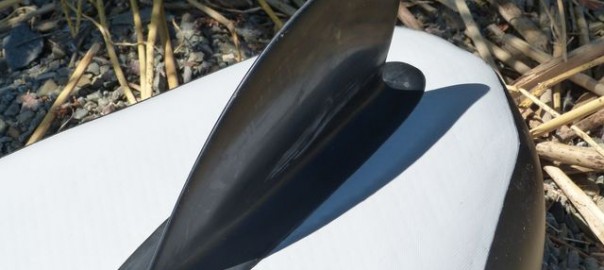Have you ever stumbled across one of those pesky twistlock valves found on some inflatable kayaks, that can’t be used with an adaptor? If so, you were probably forced to do one of three things – have a buddy hold the valve over the twist lock; carefully negotiate holding the adaptor and twistlock together with one hand while pumping with the other; or give up and blow it up with your mouth.
One customer, Debbie Morris, send us the following nifty fix. According to Debbie, “My brother helped me solve the inflation problem with the small deck valves. We attached a cut piece of hose which fit perfectly over the valve. The Boston valve adapter from our pump fit inside the other end. No more trying to hold the attachment with one hand now. I have enclosed pictures.”
Utilizing a couple inches of flexible tubing with 3/4 inch (20mm) outer dimension and 5/8 inch (17mm) inner dimension, Debbie was able to fit each side over the Boston valve adaptor and twist lock valve, creating a good seal that allowed her to easily inflate her Innova Helios. The tubing can be found at many large home improvement and hardware stores.
Many thanks for the tip, Debbie!



You must be logged in to post a comment.